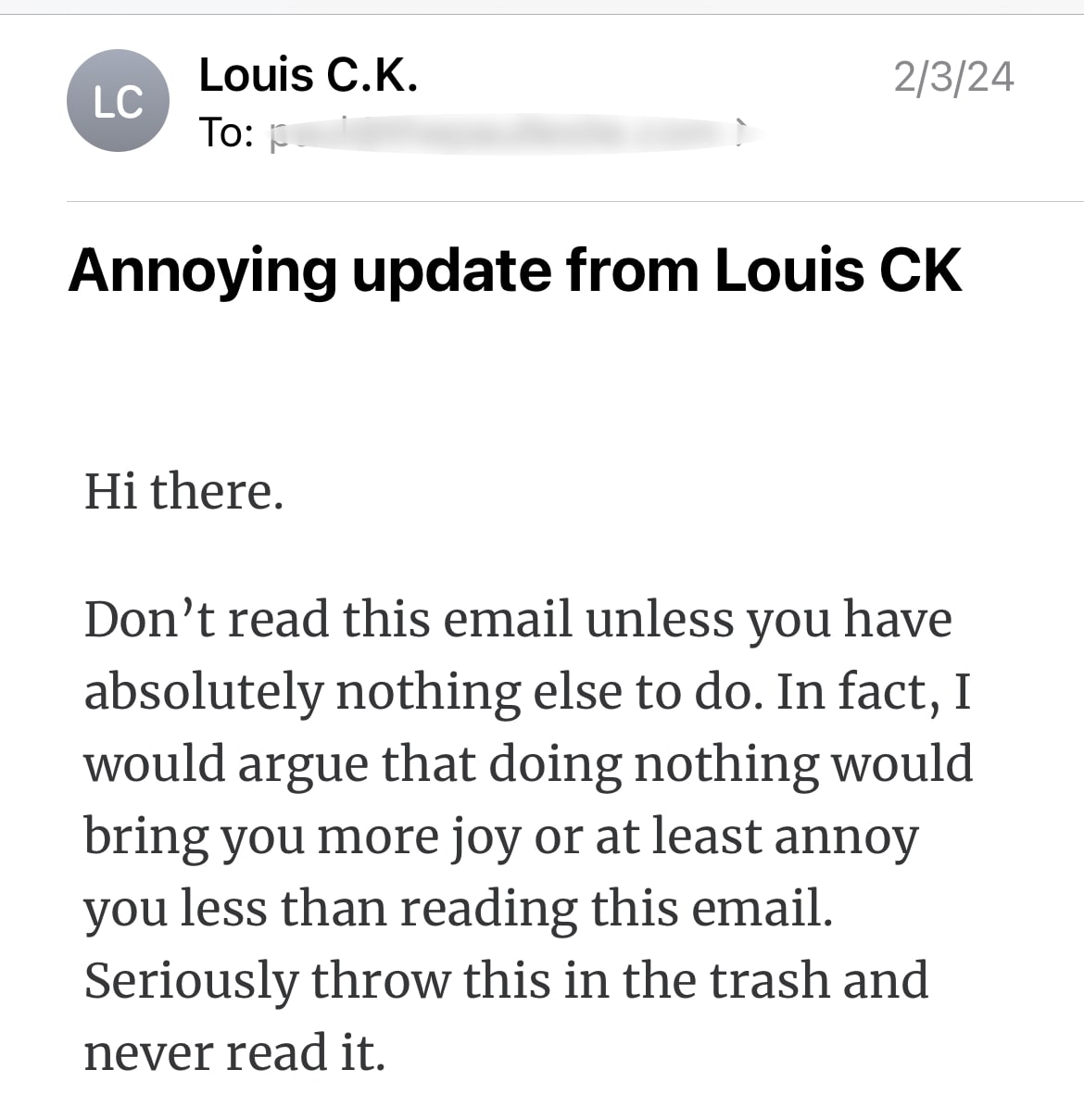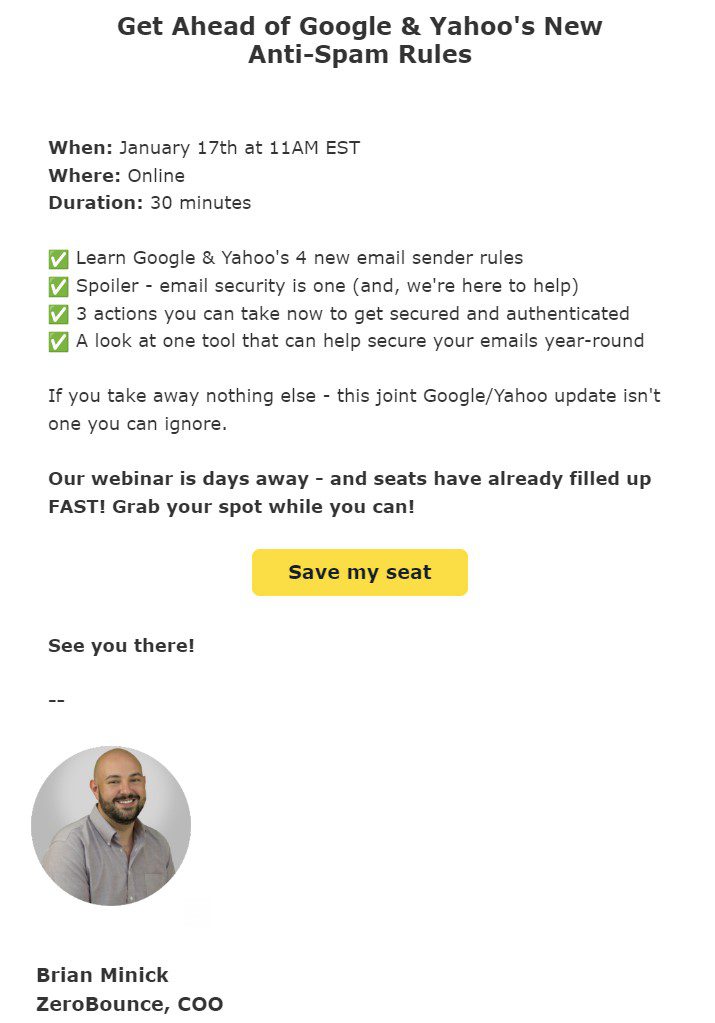
How to Build a Community with Email Marketing
Many businesses use email to keep in touch with customers, but how many are building a community with email marketing? Here’s what that entails – and how you, too, can use email to stand out, establish genuine connections, and build a true community.
Brands everywhere want to get that very important customer email address because of its marketing potential. Unfortunately, many email marketers’ approach to interacting with that subscriber is downright clinical. They don’t grasp that there is a person behind the email address.
Meanwhile, their marketing emails don’t have a lot of humanity, either. But, the astute email marketer knows the ultimate goal is to build community with email marketing.
Think about the emails you get. Some you tolerate, whereas others you enjoy. Perhaps you’re even a fan. That’s what you should strive for – not just a list of subscribers but fans who will build a community with your emails.
We’re going to give you some actionable tips on how to develop a community with your email marketing that you can start right away.
Why build a community with email marketing
So many people in business are focused on the end goal of email marketing: return on investment (ROI). They forget that unless you’re okay with flash-in-the-pan success, you must create something substantial for your audience.
So why would you want to build community with your email marketing?

- Mark W. Schaefer writes about community in his book Belonging to the Brand. Schaefer shows that community goes a long way in creating emotional connections. If you create an emotional connection, brand differentiation becomes possible. You stand out because feelings are involved.
- So many newsletters and marketing emails seem detached and impersonal. On the other hand, if there is a bond between you and your subscribers, they feel seen. Studies have shown that 68% of people end their patronage because they perceive indifference. You can show your email subscribers the opposite of indifference: involvement.
- You can use community as a means to heighten relevancy, which in turn improves your open rates. A ZeroBounce study indicated that 47% of people open all emails when the brand always sends them relevant messages.
- Community goes hand-in-hand with customer loyalty. Consumers are more likely to make a purchase from a brand with which they’ve established a sense of community and connection.

How to build community with email marketing
Now that you’re convinced on how community can play a major factor in your email campaigns, let’s look at different ways you can achieve that.
Be more human
You’re not very likely to develop a bond with the people on your list if you come across like a robot. The current tone of business communication is informal and warm. So the best advice is to be yourself.
You can be professional, but also friendly. Only use AI-generated text as a prompt for your own writing. Usually emails composed by AI somehow ring inauthentic, so strive to “keep it real.”
If you want to see an example of an email that “keeps it real,” check out this humorous and unexpected example from a prominent comedian’s funny newsletters.

Make communication a two-way street
All too often marketing emails feel like they’re from the Great and Powerful Oz and less like someone in their own community. The way you talk to people in your community and your approach to marketing emails should be the same.
So, invite your subscribers to reply. Whenever someone chimes in, make sure you write them back! It creates a connection and is also good for your email deliverability.
Bonus tip: Encouraging email replies boosts your sender reputation and chances to land in the inbox. If subscribers deem your emails worth replying to, inbox providers take that as a positive indication of your email content quality.
Create a sense of community: include photos of you and your team
Even if it’s just a small headshot in your email signatures, it will help people make a connection with you. We live at a time when photography has never been easier. In addition to describing things with your personal writing, you can also show them with pictures.

So use your imagination. For instance, if you have a product warehouse, maybe show the people who work there fulfilling an order.
You can make your readers feel a sense of community when they know what you look like. Photos can tell a story and also forge a bond.
Feature your customers whenever possible
Although it doesn’t work for every email list, you should also consider “turning the camera” on your audience. Let’s say your emails market something that is associated with a holiday. You can ask your subscribers to send in photos of their significant other unboxing your product on Valentine’s Day, Easter, birthdays or the holidays.
Just cater this concept to whatever industry you’re in. If you sell something pet-related, who wouldn’t want to see pictures of the dogs and cats your product is intended for? You can even run contests in order to entice your subscribers to get involved.
Keep a timely rhythm with your emails to be remembered
You can have great emails, but that’s not enough. You also have to bring them to your audience consistently. This means being sure to adhere to a set sending schedule.
Keeping a timely rhythm with your emails means that your subscribers will come to anticipate their arrival. If they know that your emails always come on the first Monday of the month, they know to look for it, even if subconsciously. Maybe your newsletter is leisure-oriented. Would it make sense to send your emails each and every Friday? Do what makes the most sense and don’t waver.
In this way, email can mimic the community you have in real life. Synagogue and church services are held at the same day and time. Social clubs and meetings often adhere to a schedule.
Bonus tip: You also get the benefit of enjoying better inbox placement. Because your emails are sent at regular intervals, they’re more likely to land in the inbox instead of spam because emails sent at set times aren’t likely to be from spammers.
Keep your email community open for comers and goers
You certainly would never want to force someone to go to your anniversary or birthday party, right? Although you should welcome anyone who wants to be on your list, those who don’t want to be there should always be able to leave.
The new Yahoo and Google rules for mass senders even require you use a one-click unsubscribe. You want all of the people on your email list to want to be a part of the community.
That’s not to say that every email address belongs on your list. Some never belong. There are known-complainers, those emails belonging to individuals who habitually mark emails – even those they signed up for – as spam.

Someone may also try to sign up for your emails using a disposable or temporary email address that self-destructs in hours or a day. Do you think there’s any good that can come from someone subscribing using one of those email addresses? No. They don’t really want to be a part of your community.
If you had rotten fruit in a fruit basket, you’d throw it out because it could spoil the other fruit. The same goes for your email list.
Bonus tip: Only accept valid, high-quality email addresses. You’ll want to use an email validation service to ensure that you’re not adding any known-complainers, or someone is signing up with a mistyped email address.
Building a community with email is much like building one in real life
What so many miss is that creating community with your email list isn’t all that different from having community in the real world.
How would you interact if you were face-to-face with your audience? You’d talk to them in a warm, human way. You’d be courteous and helpful.
Bonus tip: Read your emails out loud. If it doesn’t sound like you would in “real life,” change your copy. Try this exercise the next time you’re not sure about the tone of your email.
If you apply in-person people skills to email, they work similarly. Strive to be as real as you possibly can. Above all, be honest and authentic. Focus more on community and consider how your actions will make an impact.
Table of Contents
- Why build a community with email marketing
- How to build community with email marketing
- Be more human
- Make communication a two-way street
- Create a sense of community: include photos of you and your team
- Feature your customers whenever possible
- Keep a timely rhythm with your emails to be remembered
- Keep your email community open for comers and goers
- Building a community with email is much like building one in real life






